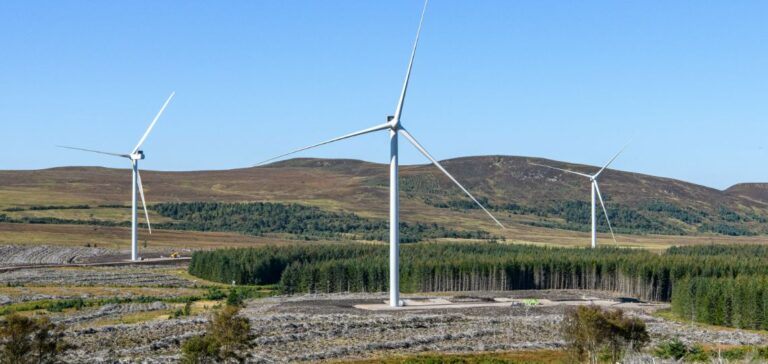Canadian company Boralex inc. has officially commissioned its Limekiln Wind Farm, located near Thurso in the Caithness region of northern Scotland. This project, the company’s first operational installation in the United Kingdom, has an installed capacity of 106 megawatts. The site includes 24 Vestas V136-4.5MW turbines, each reaching 150 metres to the blade tip. This operation strengthens Boralex’s strategic presence in the UK market, identified as a priority in its diversification strategy.
A project supported by a long-term public contract
The wind farm benefits from a 15-year Contract for Difference (CfD), granted by public authorities, scheduled to commence in April 2028. Until then, the company has signed a Power Purchase Agreement (PPA) with Statkraft, one of the leading PPA providers in the UK, to cover the interim period between commissioning and the start of the CfD.
This project aligns with Boralex’s objective to reach an operational and ready-to-build renewable energy portfolio of 1 gigawatt in the UK by 2030. The company highlighted the importance of consultations held with local communities since the early stages of development, a core element of its deployment approach in the region.
Production capacity and local economic impact
According to data released by the company, the Limekiln Wind Farm will generate enough electricity annually to meet the average needs of around 100,000 British households. Site operations are estimated to support a minimum of 8 direct jobs and around 50 indirect jobs, reinforcing the project’s regional economic footprint.
The site also provides a Community Benefit Fund of more than £500,000 annually, planned for the entire lifespan of the installation. This initiative is accompanied by additional measures related to biodiversity, including a peatland restoration programme and a native species planting scheme.






















